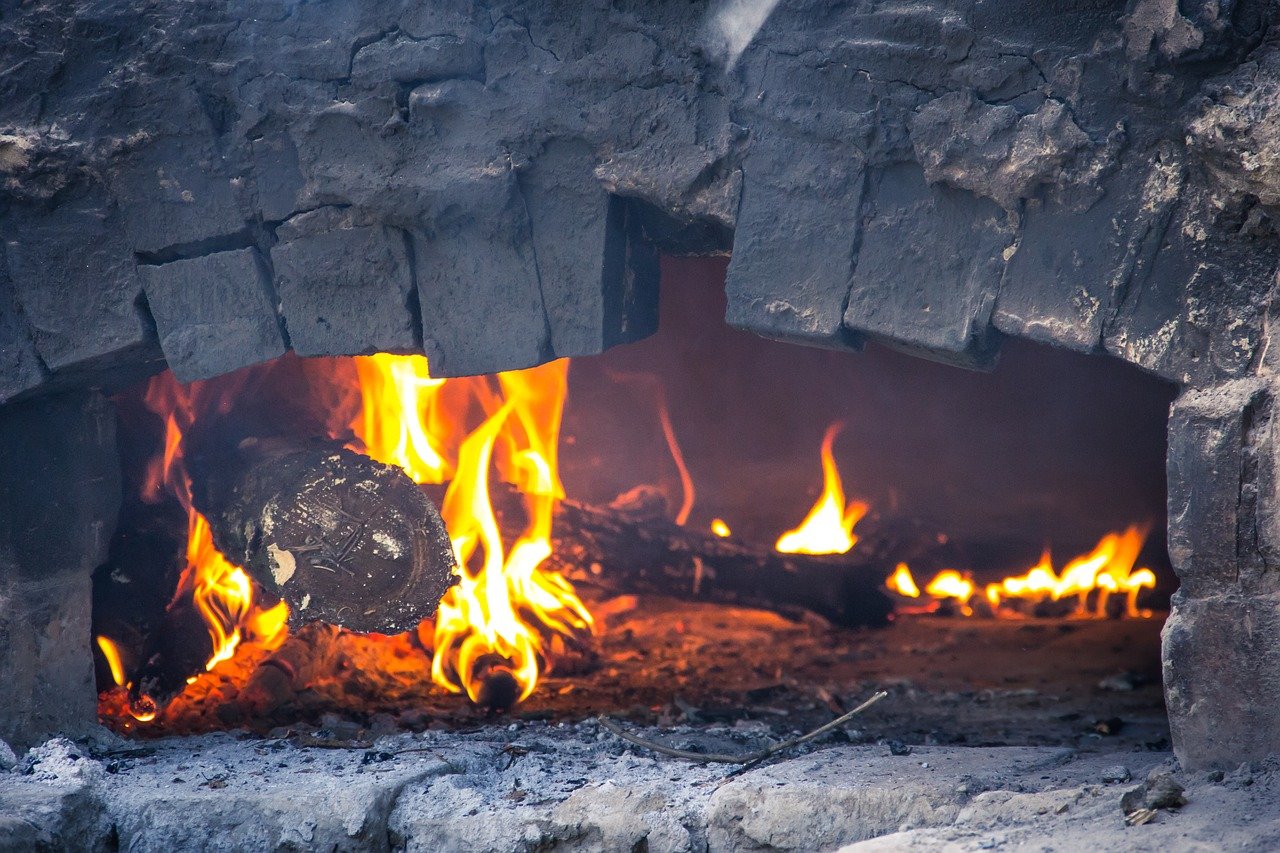Understanding how your furnace/heating system works is critical, whether you have a traditional gas furnace or a high-efficiency gas furnace. When anything goes wrong with the appliance, you need to know what to check to fix it.
There are few things more frustrating than a broken furnace as a homeowner. It's a sad truth, though, that ultimately all of us will have to deal with furnace repair or furnace replacement. However, if your furnace has stopped operating, there are a few things you can check for to save money on a more costly furnace repair or replacement by diagnosing the problem before it gets out of hand.
If your furnace isn't operating correctly, look at these basic furnace troubleshooting methods to learn how to identify the problem and fix it yourself!
DIY Troubleshooting for Typical Furnace Issues.
In a situation when your furnace continues to plummet and your family complains about the cold, you may be feeling dejected and bewildered.
This section will take you step-by-step through the process of determining whether a simple remedy is available to get your furnace up and running again.
At the absolute least, you'll have all of your bases covered if you contact a local HVAC specialist after following these procedures. What are some of the most prevalent causes of furnace problems for most homeowners & what should you do? Let's have a look:
Your Circuit Breakers Need to Be Checked
An overloaded circuit breaker is the most prevalent cause of furnace problems. When troubleshooting, even if you have a propane or natural gas heater, you must check the power supply first!
- You'll need to look at the furnace's power circuits. You may manually check the circuits to see whether they are "ON." There is a good chance your furnace won't start if the furnace circuit breakers are not flipped to the "ON" position.
- Your heating system may not switch on if your system does not get an appropriate amount of fresh air regularly.
- Having a blocked furnace filter means that your heater won't turn on. In addition, most HVAC systems contain a safety function that prevents the furnace from coming on in the case of a potential fire hazard.
Adjust the Temperature Setting on Your Furnace
Checking the furnace settings is the next step in troubleshooting a non-starting furnace. To make sure your thermostat is operating correctly, here are a few things to look for:
- If your furnace isn't turning on, it's not a bad idea to double-check that your furnace is set to "ON."
- Because batteries power most furnaces, you may need to replace the batteries in your thermostat. It's a good idea to replace your batteries once a year or more frequently as needed.
- The wires of your furnace may become clogged with dust and dirt, causing it to malfunction.
- Ensure that your furnace is not set to an automatic cycle or schedule that prevents it from turning on for safety.
- Some furnaces will automatically revert to their default settings if your furnace or house loses electricity. Although your furnace may be operational, you may need to reprogram your furnace and schedule to get it back up and running.
Clean Your Furnace Filters
Your furnace requires a constant flow of fresh air to function properly and keep your home warm. A clogged air filter can prevent your heating and cooling system from functioning properly because the forced air supply will not provide it with the necessary air to heat your home. This is incredible.
If your furnace filter becomes clogged, your heater will be unable to turn on. The majority of HVAC systems have a safety feature that prevents the furnace from operating in the event of a fire.
Verify the Pilot Light on Your Furnace
Modern furnaces are equipped with pilot lights that illuminate when natural gas or propane is fed into the furnace system. If the flow of gas or propane into your home is interrupted in any way, your furnace will shut down to prevent gas or propane leaks into your home.
Because your pilot light is directly connected to your gas supply, you should seek assistance from a Billings furnace repair company.
You Should Check the Blower Motor
The blower motor in your gas furnace is one of the most important components because it is responsible for moving air throughout the heating and cooling system. For a visual inspection of the blower motor, look through the small plastic window and see whether a flashing green light is visible there.
If a blinking green light is visible on your heating system, it is necessary to call in an HVAC professional for assistance. When you contact the HVAC Company for service, make sure to mention the blinking light.
Ensure That The Furnace's Ignition Switch Is Working Properly
Hopefully, everything will go smoothly, but you'll need to inspect your igniter if not. You should only attempt this if you are well-versed in electrical systems and have a solid foundation in home improvement projects. If you're like the vast majority of homeowners, you'll want to hire a professional HVAC contractor to help you out at this point in the process.
You can find the flame sensor for your furnace in the operating manual, which you will need to consult when troubleshooting. It will be necessary to clean the igniter sensor for it to function properly once more.
Wrap Up
If you have attempted all the previously mentioned troubleshooting techniques and still you failed, it is time to call in a qualified HVAC professional.
You can call furnace repair or furnace replacement professionals from various companies online, or you want to hit your locals for this – go ahead!
Are You a Professional?
Requests for your services are coming in left and right. Let’s connect and grow your business, together.


